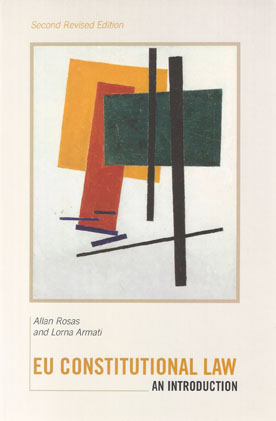
The second revised edition of this acclaimed book brings the story of the EU's constitutional journey up-to-date. The EU's constitution, composed of a myriad of legal texts, case law and practice, is a moving target subject to continuous change, and the past two years have seen no slacking in the pace of change.
With a wider geographical ambit than ever, the EU faces unprecedented political, economic, and cultural challenges, all of which impact upon the evolution of its constitution. Moreover the crisis in the Eurozone and the sovereign debt crisis have given rise to the need for a wholly new chapter focussing on how these crises have necessitated further institutional reforms.
The book succeeds, where others have struggled, to make sense of the EU's complex constitutional order, focusing on its essential features but taking into account the profound changes which have taken place over the past 20 years. The EU has become much more than an internal economic market and has recently become active in areas such as immigration and third-country nationals, security and defence policy and penal law and procedure while the euro and sovereign debt crises have triggered an increasing focus on economic and fiscal policy.
Eschewing too much detail the authors underline the essential values, principles and objectives of the integration regime as well as its basic normative structure and hierarchy. In this context, the decentralised nature of the EU is highlighted as an integral part of its constitutional make-up. Recurring themes include European citizenship, fundamental rights and the rule of law. The book also confronts head-on the problems and challenges facing the Union and the gap which is often perceived between lofty ideals and harsh realities.
The book will be useful to students of EU law and European integration but will also appeal to a broader audience of researchers and practitioners, including political scientists.